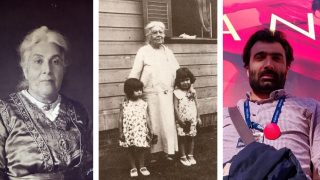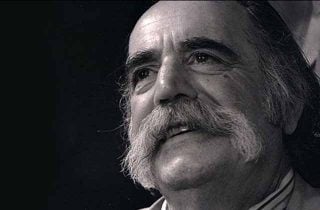
Stunning Artifacts Revealed in Karmir Blur: Hakob Minasyan

Hakob Simonyan, Director of the Scientific and Research Institute of Historical and Cultural Heritage, archeologist, at today’s press conference touched upon the terminated excavations and exceptional discoveries in Karmir Blur (Red Hill), Teishebaini necropolis.
According to the speaker systemic excavations have been launched from 2015-16, the client is the Project Implementation Unit of Yerevan Municipality,
“It should be noted that conditions for excavations have been difficult and hard, deadlines were rather strict, and we were to excavate one of the most crucial monuments of the world—Teishebaini necropolis, which, according to Russia scientists, is considered one of the top 100 monuments of the world of all times,” he said.
As a result, 281 tombs, complying with the strictest academic demands, have been found.
“Superdense funerals have been revealed, which almost corresponded to contemporary urban norms. One tomb was found on every 6 m2 with its overland facilities,” the speaker said.
Rather curious and miscellaneous phenomena have been uncovered during the excavations, some of which have been touched upon by the speaker,
“As compared to Erebuni, population of which moved from Tsopk, the population of Teishebaini were locals. The uncovered cultural layer, the burying ritual let us assure that we deal with a phenomenon, that Kingdom of Van or Urartu in the 7th century considered Ararat valley its priority area and there it inaugurated viceroy’s residence Teishebaini, which occupies a territory about 40 hectares and until now it’s considered the best inspected monument.”
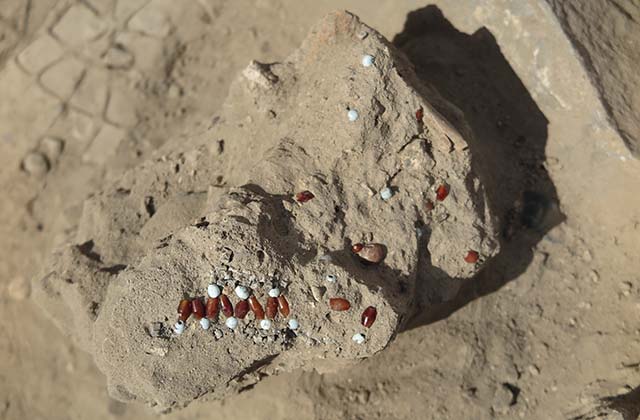
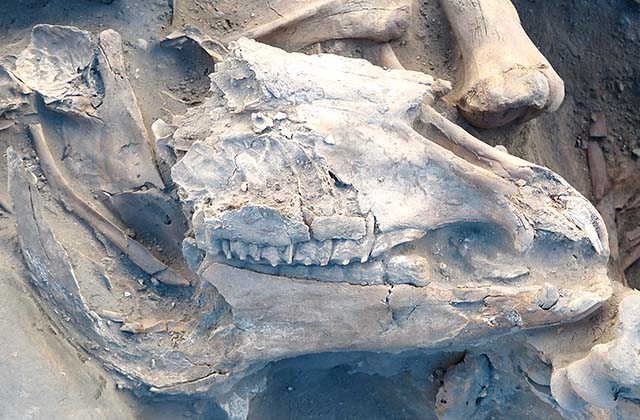
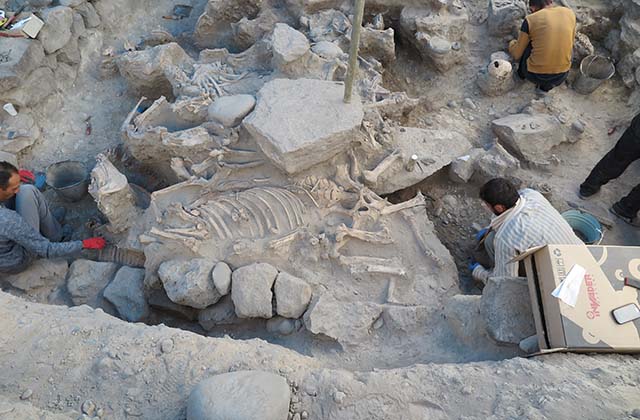
Excavations of Karmir Blur revealed important information on who lived in that city, what beliefs they had, by which ritual they were buried, how they got dressed, what kind of jewelry they wore, what diseases they had, what kind of food they ate, as well as an immense arsenal of the armaments,
“All these provided us immense anthropological exclusive material and now already, by the use of contemporary methods—with the help of DNA and laboratory survey, it’s possible to uncover who those people were.”
The speaker stressed that excavations also provided the opportunity to clarify revelations which are considered as clear civilization indices,
“We have revealed not only burials of elders, but also of children and newborns, which are concrete civilization indices, spread only in Ancient Rome, where particular attention was attached to burials of children. It turns out, the same situation was existent in Karmir Blur, and special love towards children, which is peculiar to us today, has been existent since ancient times.”
Concluding, the speaker stressed,
“Findings in Karmir Blur are stunning. At the last stage, when it seemed to us that we have consumed ourselves, unexpectedly a tomb of a high-ranking person opened before us, with 40 m2 territory, full of sacrificed animal bones and burial gifts. These immense sacrifices might be made for someone very special and with high social position, and as edifice to this, at the same place highest symbol of the leadership—bronze head of ox, which is particular to Hittite kings.”
All the findings are kept in separate storage rooms, and most valuable of them—in safes. The speaker considers that time has come that works on establishment of a museum should be launched, and these exclusive findings will become property of the people.
By Nvard Manvelyan






